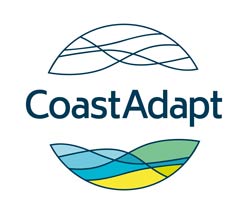You are here
East Coast Lowdown
In early June 2016, storms lashed Australia’s east coast, bringing heavy rain, flooding, strong winds and huge waves.
Three people were killed and hundreds forced from their homes. Preliminary assessments by the Insurance Council of Australia put the insurance industry's bill for the east coast storms at $56 million, with 14,500 claims. These figures are likely to rise.
The April 2015 East Coast Low caused insured losses of $950 million.
So what is an East Coast Low? The ‘low’ refers to the atmospheric pressure being less than in the surroundings. In Australia, East Coast Lows are low-pressure systems that can form anywhere from Brisbane to eastern Victoria.
Australia has about 22 East Coast Lows each year, with around seven causing widespread heavy rainfall. May to August is the most common time they strike, although they can form year round.
What impact is climate change having on these weather systems? Climate models suggest that the atmospheric conditions that help East Coast Lows form could decline by between 25 and 40 per cent by the end of the century. However, East Coast Lows are variable in frequency and difficult to predict.
‘So far, there hasn’t been any clear trend in the last 50 years, although East Coast Lows may have been more frequent in the past’ says Acacia Pepler, a PhD student at the University of New South Wales, in an article in The Conversation.
In future, we may have fewer of these events. ‘While the frequency of cool-season (May to October) East Coast Lows looks likely to decrease in the future, changes in the big ones are a lot less certain,’ Acacia Pepler says.
‘Warming oceans provide more moisture, so intense rainfall is expected to increase [with] global warming. The frequency of East Coast Lows with heavy rain is likely to increase,’ Pepler says.
Higher sea levels mean that in future East Coast Lows are likely to threaten more properties and cause more damage. So there’s even more incentive to adapt.
How did the June 2016 East Coast Low affect you and your business?




